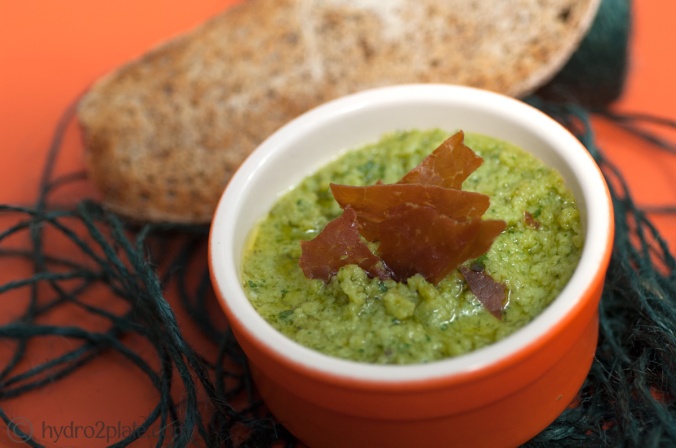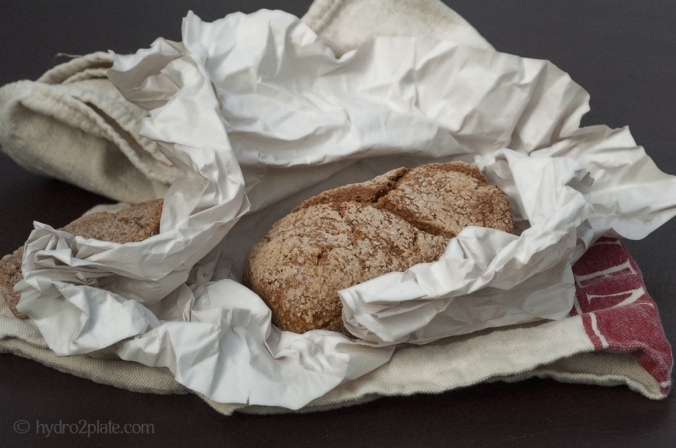The Royal Welsh & A Twist on a Salad Nicoise
The growing season is in full swing and there is always something to be done, but we managed a little R&R towards the end of May. We visited the Royal Welsh Spring Show in Builth Wells.
The Royal Welsh Agricultural Society’s main event is in July and attracts the proper farmers. The spring show is aimed at the smallholder. It’s the first time we’ve visited and it was fun, if a little wet on the first day, so we left early feeling wet and miserable. However on Sunday, the weather improved and we explored the entire show.
People were exhibiting their livestock and there were many rosettes to be won.
Traditional skills were on show, such as rope making, blacksmith and farrier skills.
Many stalls were selling new equipment and small holder essentials and there were talks by experts on relevant smallholder topics, such as beekeeping and how to be self sufficient on one acre or less.
Most of the wet Saturday was spent walking round the food hall and sampling the local products on offer. From small independent producers of cheese, ice-cream, local honey to chilli relishes, homemade pies and cakes and the odd independent brewer producing Welsh pale ales.
Arriving home at the end of a busy weekend it was time to throw something quick and tasty together. Something light, crisp and colourful to mark the true arrival of spring and incorporate local or home grown ingredients.
The result was a variation on a Tuna Nicoise salad using Pembrokeshire potatoes, the first small eggs from the new chickens, oriental salad leaves and herbs from the hydro-tunnel.

Fragrant Tuna Nicoise
Grilled Tuna Steak
Hard Boiled Eggs
Sliced Cherry Tomatoes
Sauted Potato Cubes in Toasted Sesame Seeds
Endame
Sliced Welsh Onion (a type of salad / spring onion)
Served on a bed of Oriental Salad Leaves (a mix of Mizuna, Mibuna, Green Mustard Pizzo, Red Mustard, Pak choi Canton White, and Tatsoi).
For The Salad Dressing
Chopped Chives, Cilantro, Garlic, Soy Sauce, Hemp Oil & Red Wine Vinegar.




 pod….
pod….
















 Here’s hoping May will bring Spring to life. We’ve had heavy frosts up until the end of April, historically the second week of April usually signals the end of the frosty weather, fingers crossed.
Here’s hoping May will bring Spring to life. We’ve had heavy frosts up until the end of April, historically the second week of April usually signals the end of the frosty weather, fingers crossed. 



 to see what works well and will be cost effective. Currently our winter herbs and salad leaves are growing in an enclosed aero-hydroponic system.
to see what works well and will be cost effective. Currently our winter herbs and salad leaves are growing in an enclosed aero-hydroponic system. 






























